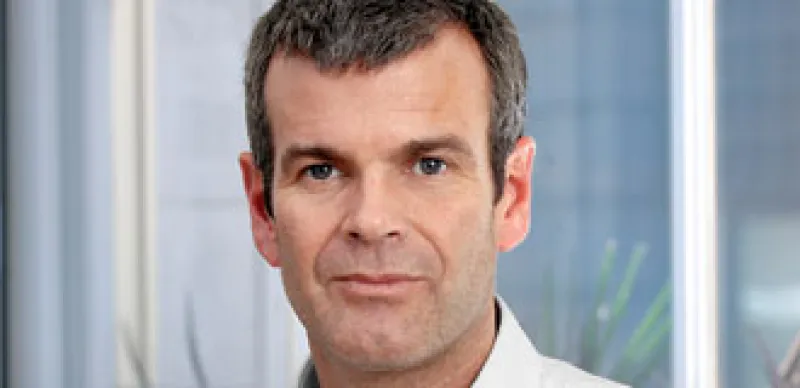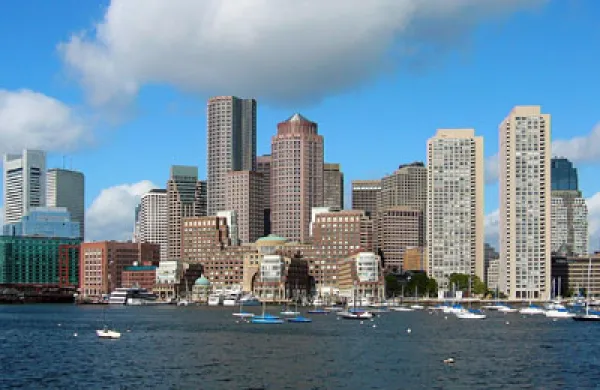Cap-and-trade systems are facing an uncertain future in many parts of the world, including in the U.S. But the London-based European Climate Exchange, founded in 2005, has taken off like a rocket. Fueled by the European Union’s mandatory cap-and-trade regime, which went into effect the same year, the ECX now commands 80 percent of the global carbon market, which is valued at $116 billion, up 78 percent since 2007. Even as the price of emission allowances for a ton of carbon dropped from an average of €24 ($34) last year to €13 in early June, trading volume jumped 250 percent, a testament to exchange CEO Patrick Birley’s success in building a liquid and transparent market.
For traders, says Birley, “the key factor is getting in and out of positions cheaply.” He notes that spreads on the flagship ECX European Union Allowance futures contract, which accounts for 71 percent of exchange volume, are now one to two euro cents on lots of 20,000 tons, versus roughly 20 cents on 2,000 tons in 2005.
These days power producers are using ECX futures contracts to manage emissions risks. Speculative traders — from energy financiers and hedge funds to banks’ proprietary trading desks — employ the same contracts both to hedge and to seek out new sources of alpha. Arbitrageurs, meanwhile, are on the hunt for price anomalies in emissions instruments. And a growing number of long-term investors are adding volume as they warm to carbon trading as an extension of the energy sector.
The ECX’s dominance can be traced to a number of canny moves. Most important, the exchange was the first to design a contract that met the needs of energy brokers like EDF Energy, E.on Energy Trading, ICAP Energy and the brokerage division of oil company Royal Dutch Shell, which are accustomed to immediate delivery and delayed payment, as well as such major financial institutions as Barclays, Citigroup and Bank of America–Merrill Lynch, which are used to the shorter settlement periods afforded by exchange-traded instruments. The ECX was also wise to launch its contract on the IntercontinentalExchange’s electronic futures platform, where market participants wishing to trade the instrument didn’t need separate approval from their compliance departments and had merely to sign annexes to their existing clearing agreements.
The credit crisis has only strengthened the ECX’s lead over its rivals. Last fall, as fears of financial institution bankruptcies gripped the markets, investors moved their trading volume onto exchanges in an effort to minimize counterparty risk. The ECX was a big beneficiary. “Even those who already had collateralization agreements with their counterparties in place opted for the cleared route,” notes Louis Redshaw, head of carbon trading at Barclays Capital in London. “Many have remained on the exchange despite fading concerns about counterparty risk and the margin costs and fees associated with exchange trading.”
Still, competition is heating up. In 2007, NYSE Euronext bought Paris-based Powernext’s carbon-emissions-trading business and launched BlueNext with French government–owned bank Caisse des Dépôts. This venue has already become the leading spot exchange for carbon trading, and in February it cut its fees to lure traders away from the ECX. Also nipping at the ECX’s heels is Oslo-based Nord Pool, Europe’s biggest exchange for trading electric power, boasting 420 members in 21 countries. Nasdaq, which has offered carbon products since 2005, acquired Nord Pool last October.
If these rivals end its dominance, the ECX won’t be relying on the fledgling U.S. carbon market for new business. A U.S. cap-and-trade system is unlikely to be put in place before 2013, despite passage of legislation in the U.S. House of Representatives in June. Even once such a system is up and running, expected differences in expiration dates, contract units and trading mechanisms mean that emissions trading will probably continue to develop regionally for some time to come.
Given the ECX’s near-monopoly on liquidity, the lifeblood of any financial market, breaking its grip won’t be easy.






